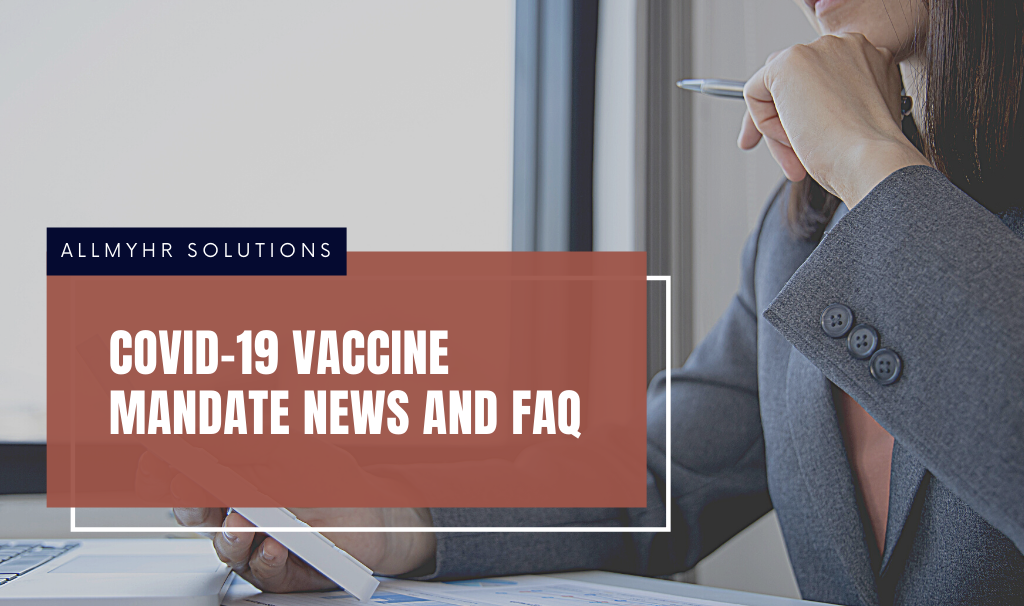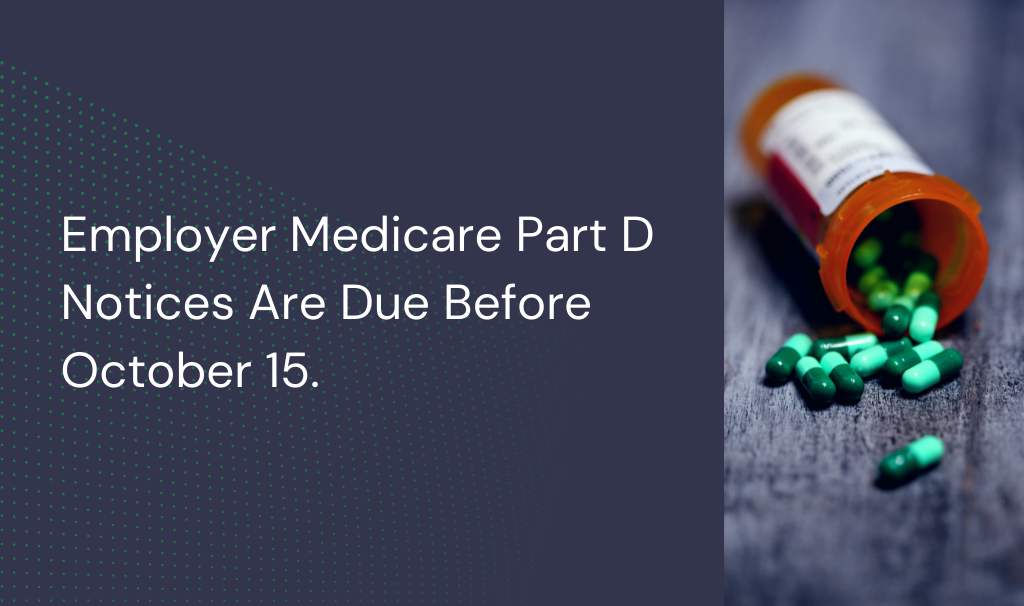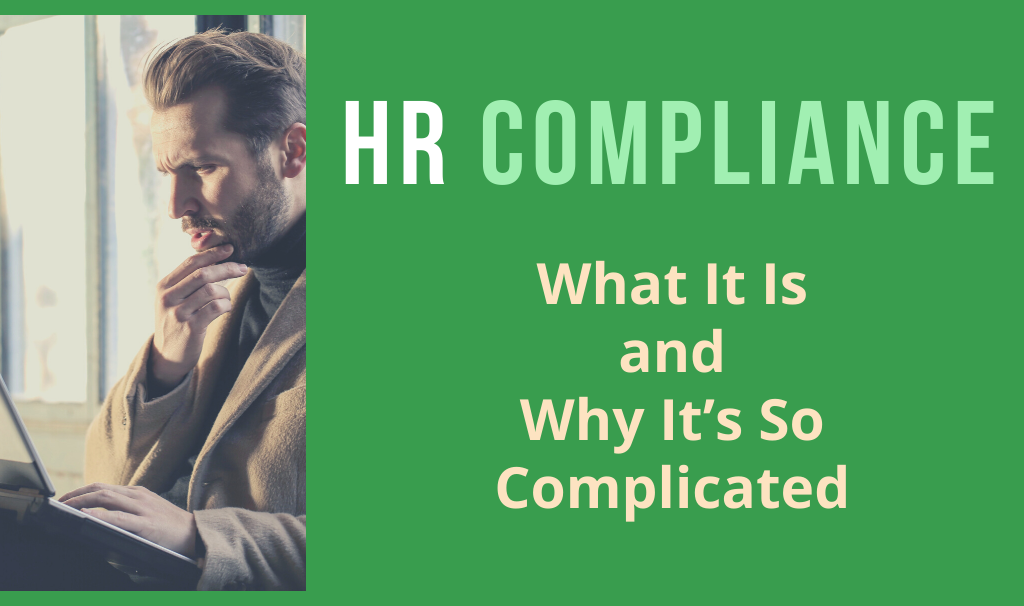Human Resources (HR) plays a critical role in managing an organization’s most valuable asset—its people. However, HR professionals can sometimes make mistakes that may have significant consequences for the organization. Here are five common HR mistakes and suggestions on how to avoid them:
- Inadequate Communication:
- Mistake: Poor communication with employees can lead to misunderstandings, decreased morale, and a lack of trust.
- Avoidance: Implement clear communication channels, regularly update employees on policies and changes, and encourage an open-door policy. Use various communication tools, such as newsletters, meetings, and emails, to keep everyone informed.
- Inconsistent Application of Policies:
- Mistake: Inconsistency in applying HR policies and procedures can lead to legal issues and employee dissatisfaction.
- Avoidance: Ensure that HR policies are well-documented, easily accessible, and consistently enforced. Provide training to managers and HR staff to ensure a unified understanding and application of policies.
- Insufficient Employee Development:
- Mistake: Neglecting employee development can lead to a stagnant workforce, decreased job satisfaction, and higher turnover rates.
- Avoidance: Implement robust training and development programs to help employees enhance their skills. Encourage ongoing learning and provide opportunities for career advancement. Regularly assess and address the training needs of employees.
- Ignoring Workplace Diversity and Inclusion:
- Mistake: Neglecting diversity and inclusion initiatives can lead to a lack of innovation, increased turnover, and potential legal issues.
- Avoidance: Develop and enforce policies that promote diversity and inclusion. Foster a workplace culture that values and respects differences. Provide diversity training and regularly assess and update diversity initiatives to ensure their effectiveness.
- Ineffective Performance Management:
- Mistake: Poorly managed performance reviews can result in demotivated employees, talent loss, and legal challenges.
- Avoidance: Train managers to conduct effective and constructive performance reviews. Implement regular feedback mechanisms, set clear performance expectations, and provide resources for employees to improve. Encourage ongoing communication between managers and employees to address concerns promptly.
To avoid these HR mistakes, it’s crucial for HR professionals to stay informed about industry best practices, continuously evaluate and improve their processes, and be proactive in addressing issues before they escalate. Regularly seeking feedback from employees and stakeholders can also help identify areas for improvement in HR practices.






